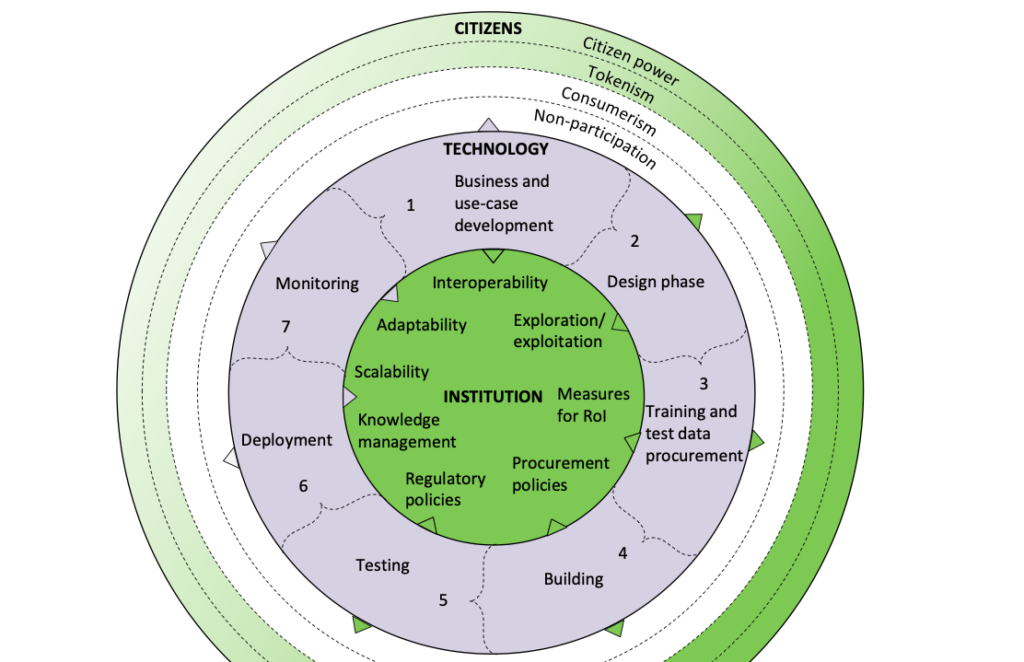From October 9-13 the 2023 edition of the International Association of Societies of Design Research conference took place. Human Values for Smarter Cities’ researcher, Mike de Kreek, presented the paper When ‘doing ethics’ meets public procurement of smart city technology – an Amsterdam case study, which was written together with the research team and consortium partners.
Main takeaways from the IASDR Conference
by Mike de Kreek
The central theme of the 2023 conference by the International Association of Societies of Design Research was Life-Changing Design: “Humanity is at a crossroads between restoration and change, deciding what is worth to be saved and what we can and should forget.” During a week, participants focused on these two questions: “What is the role of design in these transformation processes? And how is design renewing and transforming itself?” In this brief impression links are added to be able to find some conference papers with examples, concepts and/ or approaches.
Obviously the word transformation or systemic change was frequently used in presentations and keynotes, both for local, regional, national and global challenges. It touches up onto deeper layers of collective learning, which sometimes requires unlearning according to keynote speaker Ambra Trotto. Especially, the difference between worldviews among the stakeholders requires attention according to various presenters. Juan de la Rosa, for example, illustrated the use of Value Mapping in Colombia with completely different communities.
Mutual empathy between citizen and civil servants or designers, for example, is embedded in Empathetic Design like illustrated by Ilpo Koskinen in his book, Codesign by Cigdem Yonder and Entangled Design by Clee Zuo Wang among others. Many presenters emphasize how important collective imagination is in transformational processes. They advise us to try to stay away from goal-oriented and problem-focused approaches (like the double-diamond). Instead, they urge us to use approaches like Future Thinking (Peter Scupelli), Anticipatory Design/ Design Fiction (Eva Kuntz), all feeding the social imagination of the participants.
Time and timing are important aspects of transformational processes. If we can involve participants in preparing the tools for the codesign process (P.J. White: “codesign the codesign canvas”) we maximize the opportunity of collective ownership and responsibility. Long lasting relationships and partnerships are important aspects according to Sabine Junginger as a comment on my presentation in which I told about the codesign research & development project the City of Amsterdam sets up with citizens.
A final topic that was covered in a number of talks was about the language that we use. Is “participation” still the right word for what we actually want to do (Juan de la Rosa)? I met a community worker from Belfast with whom we had a discussion about the sensitivity that is needed to approach people and to really hear what people have to say. The experiences of community workers and social designers could very well complement each other. I proposed this collaboration between community developers and design researchers to Paul Hekkert in the discussion after his keynote. Both he and the audience supported that idea; something I would love to contribute to in the coming years.



